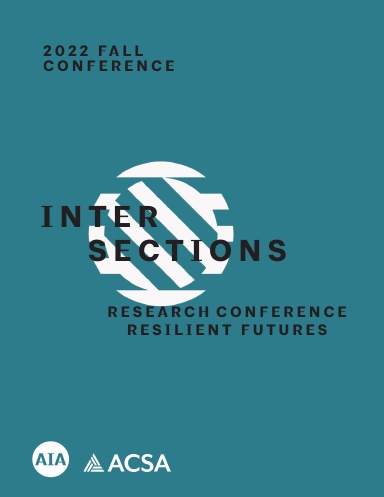Author(s): Gregory Coni, Tiffany Broyles Yost, Angela Mazzi & Shan Jiang
Resilience is an equity issue. It is directly linked to the resources one has to cope with environmental stressors. These resources occur at multiple scales and involve social, physical, and economic components. Resilience can be considered at the scale of the individual human, the building, or municipal infrastructure. Because resilience issues are also health issues, we are studying how it is approached within the healthcare industry in the United States. This industry is currently experiencing a paradigm shift from providing episodic care, focused on the treatment of disease, to a holistic focus on maintaining health. This article shares research on the factors that contribute to resilience and a framework we developed to measure effectiveness of applying these factors at each scale. This framework and the methodology for applying it helps architects and our clients make better decisions about design. We believe this multifactor approach centers equity in developing resilient approaches to energy, air quality, and water use. At the macro scale, climate change has wrought havoc on infrastructure. This impacts us all, but vulnerable populations bear the brunt of the health burden. Within the United States, adverse weather events linked to climate change such as flooding, heat waves, extreme cold and violent storms often occur in areas with poor air, water, and soil quality exacerbating challenges. Health facilities are also under new stressors. Weather events impact aging structures, challenging their ability to operate in an emergency. Structural integrity, access to power, and indoor air quality are among the life safety issues that may arise. As we build new hospitals, it is important to consider these impacts and potential future impacts on what we design. As we renovate existing structures, we need to consider how to build resilience within the existing systems so that future problems don’t occur. The impacts of the pandemic have magnified the need to consider individual resilience. Stress undermines a person’s short-term ability to function and make decisions. Chronic stress has been shown to create inflammation in the body. This inflammation contributes to physical and mental disease. Personal resilience is tied to the ability to return to homeostasis after experiencing an adverse event. Our research in salutogenic (health-generating) design shows environmental resources can help activate the parasympathetic nervous system and turn off the stress response. Additionally, there are beneficial effects even with temporary exposure to a salutogenic space. Our framework will demonstrate how each of the resilience factors operates at all three scales. We will show the research supporting each factor and how it impacts the individuals and communities. Through this metric, we aim to make resilience a more visible and quantifiable concept. Looking at social determinants to health in conjunction with the exposome (environmental factors) at all three scales, we can begin to think more comprehensively about resilience. We can create an equitable built world that contributes to everyone’s well-being.
https://doi.org/10.35483/ACSA.AIA.Inter.22.7
Volume Editors
Gail Napell & Stephen Mueller
ISBN
978-1-944214-42-13

 Study Architecture
Study Architecture  ProPEL
ProPEL 
